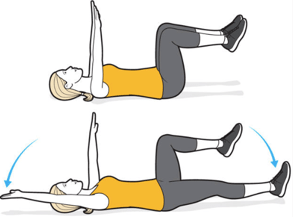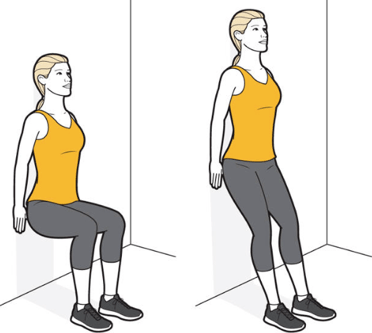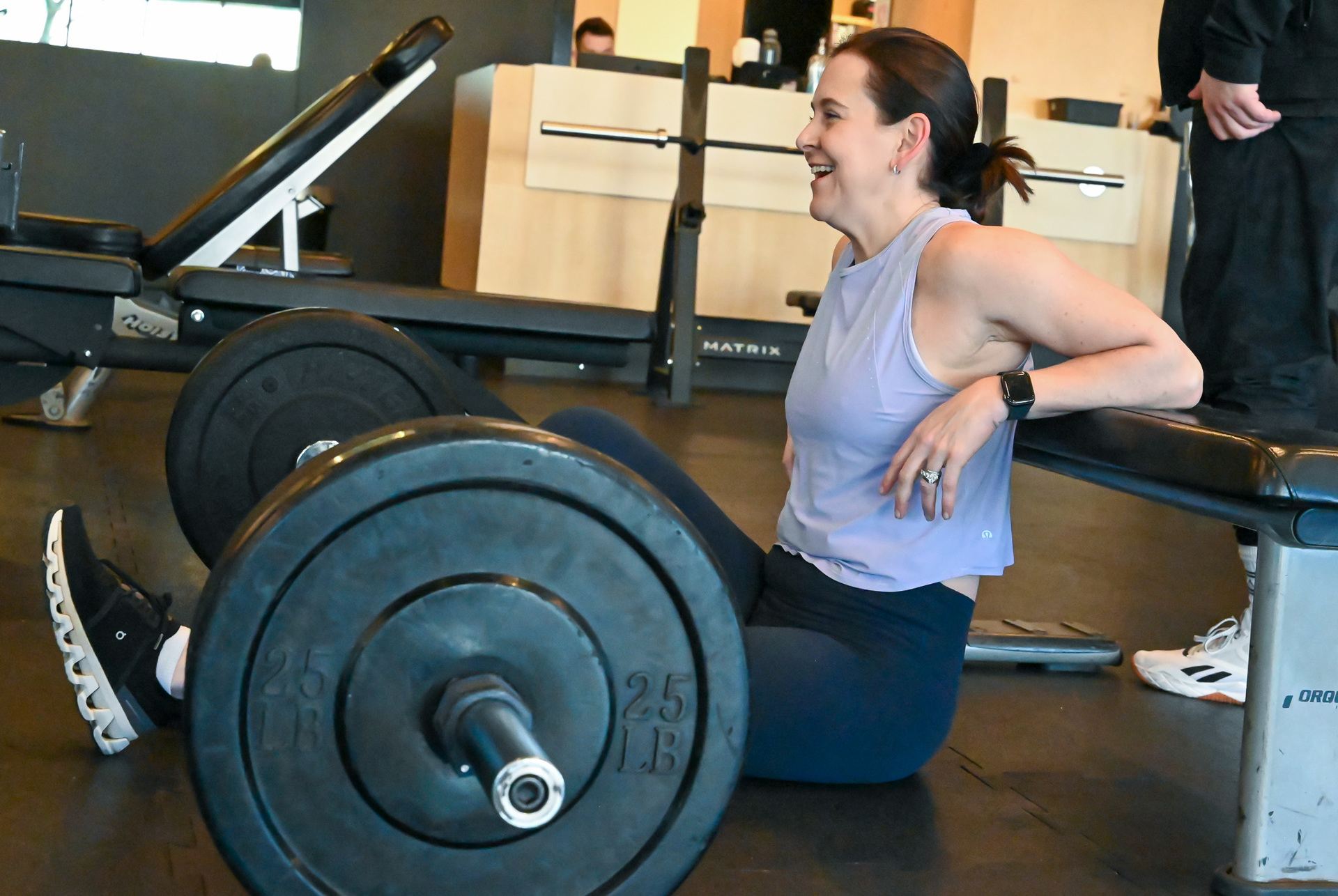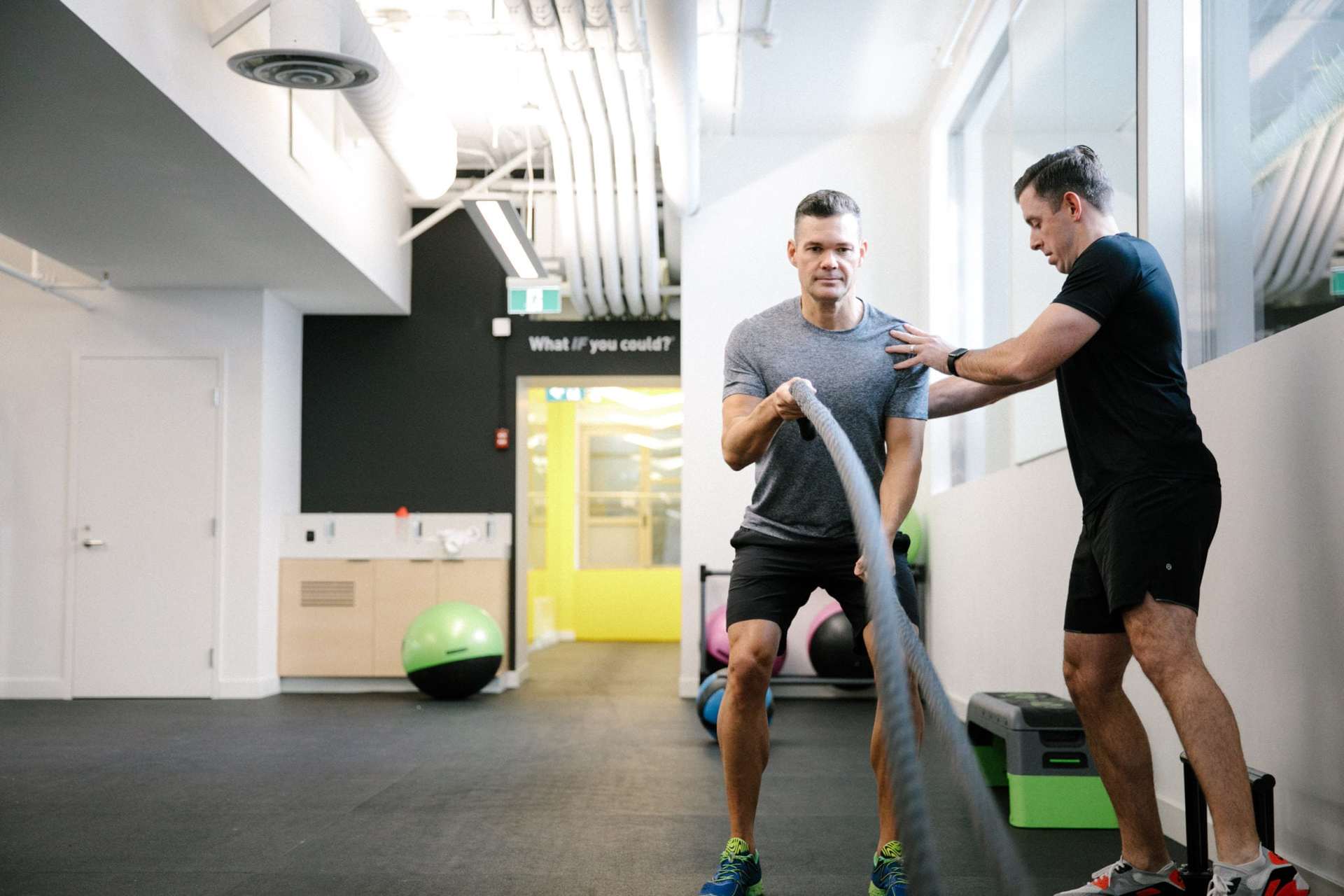Training the Hidden Muscles: Pelvic Floor Exercises for Core Strength
When you think about your typical training session, what does it look like? Strength training? Full body conditioning or endurance training for that marathon you signed up for? When we think about training muscles, most of us focus on the major ones such as the quads, hamstrings, glutes, abdominals, and biceps. These muscles tend to elicit more observable results, especially with hypertrophy training, but what about the smaller, hidden, muscles of the pelvic floor? Just because we can’t see them or feel them doesn’t mean they don’t need training!
What are the pelvic floor muscles and why should I train them?
The pelvic floor is made up of several muscles and connective tissue which functions to support internal organs such as the bladder, intestines, and uterus. Just like other muscles in the body, the pelvic floor muscles need training in order to maintain optimal functioning. Sometimes, pregnancy, childbirth and hysterectomy procedures may cause damage or weakening of these muscles. The key is to train these muscles prior to pregnancy to prevent any damage however, training can also help repair and restore the pelvic floor after pregnancy. Injury to the pelvic floor muscles may lead to problems such as urinary incontinence. A stronger pelvic floor will help reduce your risk of incontinence as you age and improve your sexual health, all while building your core strength and stability!
How do I know if I’m engaging the right muscles?
Since the pelvic floor muscles are deep within the pelvic cavity, they can be difficult to identify, especially since you can’t palpate them. One way to think of it is to imagine you are squeezing the muscles in order to stop the flow of urine (it is not recommended to actually stop the flow of urine, but imagine using those same muscles). Some physiotherapists now offer EMG biofeedback specific for pelvic floor muscles.
Biofeedback is used to measure the amount of muscle activity occurring in the pelvic floor region to ensure the correct muscles are being engaged.
Three exercises to train pelvic floor muscles:
The key to exercising the pelvic floor muscles correctly is to ensure movements are slow and controlled. The timing of contraction and relaxation is also important. Each exercise below explains when to engage and when to release it.
- Dead Bug Crunch: This is a great core exercise, targeting the abdominal muscles, low back (erector spinae) muscles, as well as the pelvic floor. Start by laying on your back with your arms extended and legs at a 90 degree angle. Inhale and engage your pelvic floor muscles as you lower your right arm and right leg to the floor. Pause and release your muscles as you draw your arm and leg back to the staring point. Repeat with left arm and left leg. Complete 8 reps each side, rest for 1 minute and then complete another set of 8. Important: only lower your leg as far as you can before your back starts to curve. Keep your lower back muscles engaged and pressed into the floor.

- Wall squat: stand against a wall with your feet hip-width apart. Inhale and engage your pelvic floor muscles as you lower into a squat (glutes should not be engaged). Hold for 5 seconds and then release these muscles as you rise back up into a standing position. Rest for 10 seconds and repeat 10 times.

- Bridge: Lie on your back with your knees bent and feet hip width apart. Inhale and engage pelvic floor as you lift your hips up toward the ceiling. Hold for 5 seconds and then relax the muscles as you lower hips back down. Repeat 10 times.

Lindsay Popovich, BKin – Professional Training Coach






